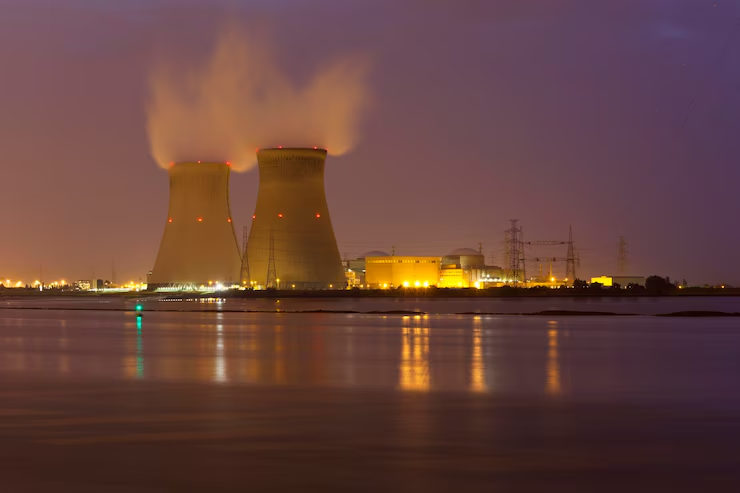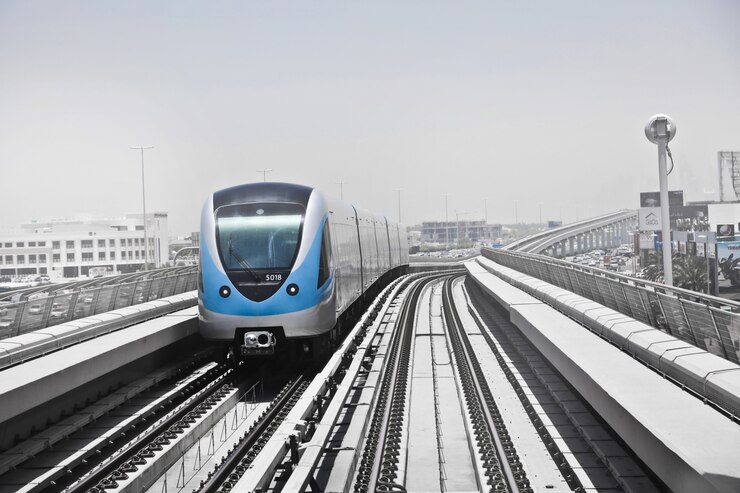Mecalac Revotruck: Revolutionizing Dumper Safety and Ergonomics
The Mecalac Revotruck is setting a new benchmark in the construction industry with its innovative design, cutting-edge features, and unmatched focus on safety and driver ergonomics. This revolutionary dumper has been meticulously engineered to address real-world challenges and enhance performance in demanding environments. Key Features and Specifications 1. Ergonomic Rotating Cab One of the standout features of the Revotruck is its rotating cab, allowing drivers to adjust their position at the touch of a button. This design minimizes strain on the back and neck, ensuring a healthier working posture. It’s an industry-first innovation aimed at enhancing operator comfort and reducing fatigue. 2. Advanced Stability The Revotruck is equipped with a rigid 4-wheel steering chassis, inspired by hill tractors. This chassis ensures: Exceptional stability: A central link offers up to 20° of oscillation. Permanent traction: Independent movement of oscillating chassis parts adapts to uneven terrain, maintaining balance and efficiency across all surfaces. 3. Impressive Load Capacities Available in two variants: 6-ton model: Ideal for medium-scale projects. 9-ton model: Designed for heavy-duty tasks. 4. Robust Performance Powerful engine options: Delivering high torque for tackling tough terrains. Enhanced safety systems: Integrated rollover protection and optimized visibility for challenging environments. Why Choose the Mecalac Revotruck? Innovative Design The Revotruck incorporates Mecalac’s groundbreaking technologies to address modern construction needs. With its cab rotation, workers can avoid the repetitive stress of twisting movements, promoting long-term health and productivity. Safety at its Core Safety remains paramount with features such as a low center of gravity, wide tires for stability, and an intuitive control system for enhanced maneuverability. Applications From mining to urban construction projects, the Revotruck is versatile enough to handle diverse operations while providing consistent performance. Competitive Edge in Compact Equipment In a competitive market, the Revotruck’s advanced features set it apart: Efficiency: The rotating skip reduces material handling time. Cost-Effectiveness: The high payload capacity minimizes trips, reducing operational costs. Flexibility: Its compact size and agility allow it to operate in various environments, from urban sites to rural landscapes. Conclusion Mecalac’s Revotruck is a groundbreaking innovation that combines advanced technology with thoughtful design to address modern jobsite challenges. Its 225-degree rotating skip, impressive payload capacity, and operator-focused features ensure it will remain a valuable asset for contractors and construction professionals. For those seeking versatile, efficient, and cost-effective equipment solutions, the Revotruck exemplifies how innovation can drive progress in the construction industry.
Mecalac Revotruck: Revolutionizing Dumper Safety and Ergonomics Read More »









